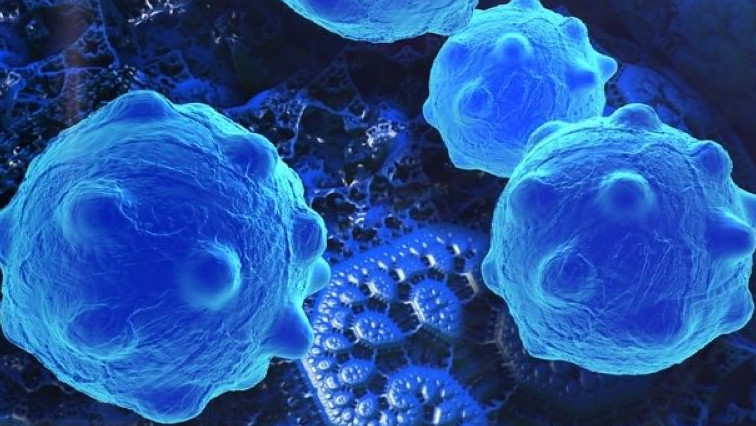When it comes to cancer detection, size matters. Traditional diagnostic imaging cannot detect tumors smaller than a certain size, causing missed opportunities for early detection and treatment. Circulating tumor exosomes are especially small cancer biomarkers and easy to miss. These nanovesicles are composed of molecules that reflect the parental cells. But, because they are tiny (~30-150nm in diameter) and complex, the precise detection of exosome-carried biomarkers with molecular specificity has been elusive, until now.
Wei-Chuan Shih, professor of electrical and computer engineering at the University of Houston Cullen College of Engineering, reports the findings in IEEE Sensors Journal.
“This work demonstrates, for the first time, that the strong synergy of arrayed radiative coupling and substrate undercut can enable high-performance biosensing in the visible light spectrum where high-quality, low-cost silicon detectors are readily available for point-of-care application,” said Shih. “The result is a remarkable sensitivity improvement, with a refractive index sensitivity increase from 207 nm/RIU to 578 nm/RIU.”
Technically speaking, Shih has restored the electric field around nanodisks, providing accessibility to an otherwise buried enhanced electric field. Nanodisks are antibody-functionalized artificial nanostructures which help capture exosomes with molecular specificity.
“We report radiatively coupled arrayed gold nanodisks on invisible substrate (AGNIS) as a label-free (no need for fluorescent labels), cost-effective, and high-performance platform for molecularly specific exosome biosensing. The AGNIS substrate has been fabricated by wafer-scale nanosphere lithography without the need for costly lithography,” said Shih.
This allows fast screening of the surface proteins of exosomes for diagnostics and biomarker discovery. As an example, Shih has shown that multiple surface antigens (CD9, CD63 & CD81) were more plentiful in cancer-derived exosomes than those from normal cells.
Current exosome profiling relies primarily on DNA sequencing technology, fluorescent techniques such as flow cytometry, or enzyme-linked immunosorbent assay (ELISA), which involves sophisticated sample preparation procedures and requires labeling and amplification, all processes that are labor-intensive and costly. Shih’s goal is to amplify the signal by developing the label-free technique.
“By decorating the gold nanodisks surface with different antibodies (e.g., CD9, CD63, and CD81), label-free exosome profiling has shown increased expression of all three surface proteins in cancer-derived exosomes,” said Shih. “The sensitivity for detecting exosomes is within 112-600 (exosomes/μL), which would be sufficient in many clinical applications.”
Read the original article on University of Houston.







